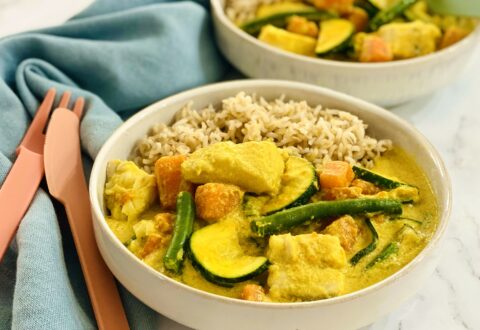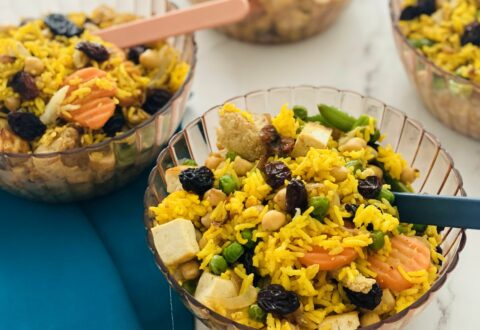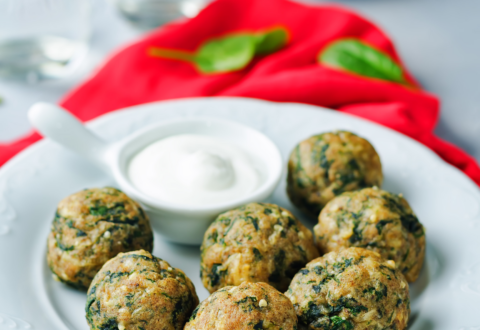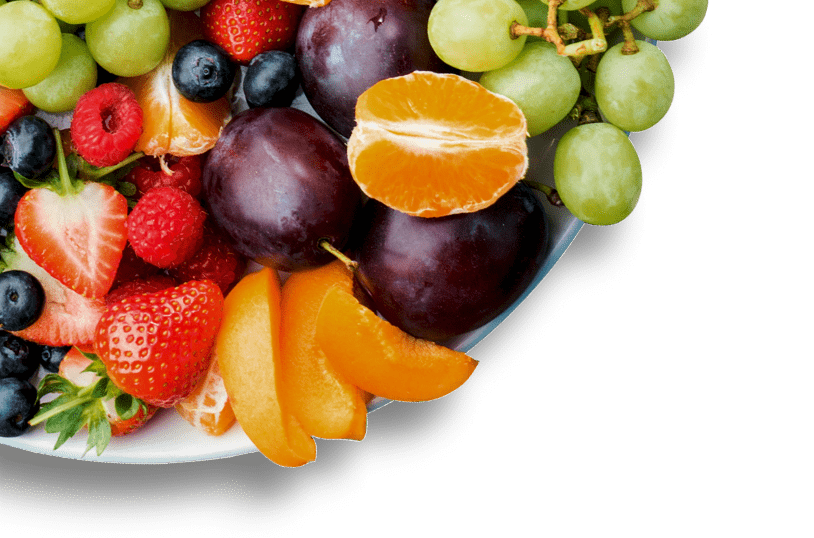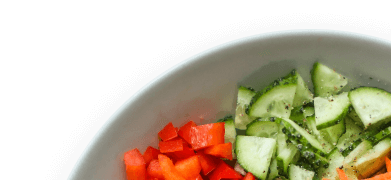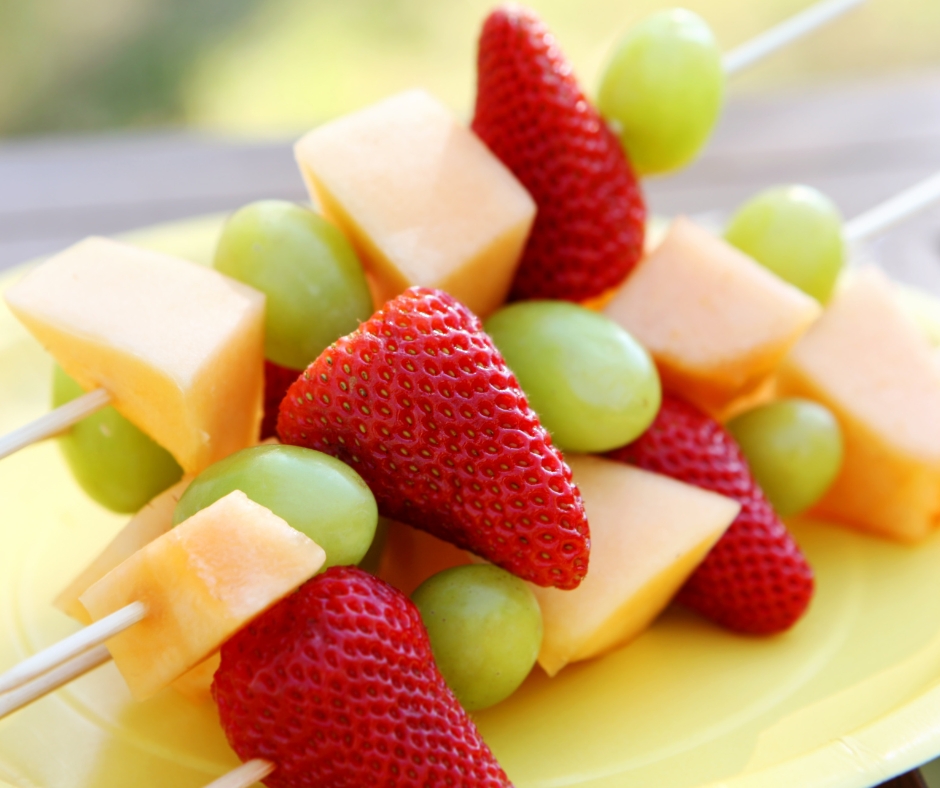Coeliac disease
Coeliac disease affects 1 in 100 Australians. People with Coeliac disease develop an immune reaction to gluten (a protein found in wheat, rye, barley and oats) which results in inflammation and damage to the small intestine.
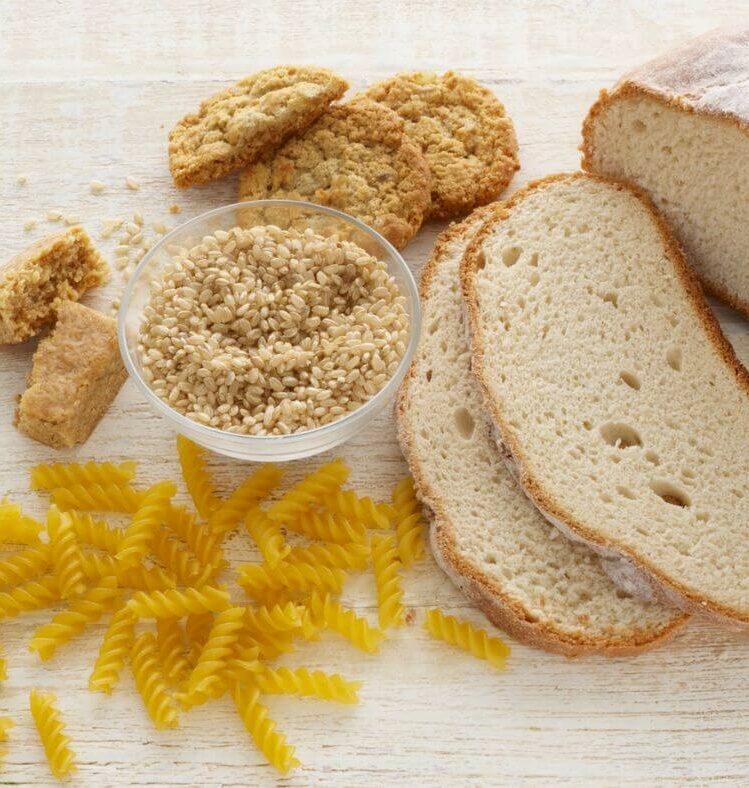
What is Coeliac disease?
Coeliac disease affects 1 in 100 Australians. People with Coeliac disease develop an immune reaction to gluten (a protein found in wheat, rye, barley and oats) which results in inflammation and damage to the small intestine. When the small intestine is damaged, nutrients from our food are not absorbed into the body properly. However, when foods containing gluten are not eaten, the immune reaction subsides and the small intestine heals, so symptoms improve.
Some children with Coeliac disease have gastrointestinal symptoms (e.g. diarrhoea, bloating, constipation, nausea, vomiting) from eating even tiny amounts (‘trace’ amounts) of gluten. Other children can remain symptom free even after consuming larger amounts of gluten.
The only way to treat Coeliac disease is to follow a strict gluten free diet for life. The long-term risks of not following an appropriate diet are severe, and can include nutrient deficiencies, delayed development, short stature, behavioural problems, osteoporosis, infertility, depression, cancer and other conditions.
Wheat (including spelt), rye, barley and oats all contain gluten.
Corn (maize), rice, buckwheat, sorghum, amaranth, millet and soy are all gluten free grains.
Label reading for a gluten free diet
Australian food laws require all ingredients to be listed on product packaging. Some ingredients that contain gluten are easily identified, but gluten can also be found in less obvious ingredients.
Even small amounts of gluten can damage the intestine so it is important to read ingredient lists on food labels carefully when preparing food for children on gluten free diets.
Definite sources of gluten
A food must be avoided if any of the following ingredients are listed on the package:
| Made from wheat | Made from barley | Made from oats | Made from other sources |
|---|---|---|---|
| Wheat germ Wheatmeal Wheat flour Wheat bran Semolina Icing sugar mixture | Brewer’s yeast Malt / malt extract Malt vinegar | Oatmeal Oat bran | Rye Triticale (a hybrid of wheat and rye) |
Possible sources of gluten
The following ingredients may contain gluten, depending on the grain that they are made from.
- Maltodextrin
- Vinegar
- Bran
- Starch / modified starch thickeners
- Textured vegetable protein
- Cornflour
- Yeast extract
- Vegetable extract
- Hydrolysed vegetable protein
- Baking Powder
- Soy sauce
- Some soy products
If these ingredients are derived from a grain containing gluten, the grain source must be written on the food label. If the ingredient is derived from a grain that does not contain gluten (such as maize), the grain source does not need to be written on the food label.
For example, modified starch thickener can be made from wheat or maize. If made from wheat, the ingredient may be listed as ‘modified starch thickener (from wheat)’. This product is not gluten free and should be avoided.
Modified starch thickener made from maize will be listed simply as ‘modified starch thickener’. This product is gluten free and can be used.
If you are unsure about whether or not an ingredient is safe to use, it is best to leave it out.
Do all ingredients from wheat contain gluten?
No, some ingredients made from wheat are so highly processed that all the gluten has been removed, and these products are gluten free.
Glucose, glucose syrup, caramel colour, dextrose and monosodium glutamate are derived from wheat but are gluten free and can be included in a gluten free diet.
What will the label say?
‘Gluten free’
By law, a product can only be labelled as ‘gluten free’ when it contains no detectable gluten (i.e. less than 0.003%). These products are safe to eat for people on a gluten free diet.
‘Contains gluten’ and ‘Contains traces of gluten’
Sometimes sources of gluten are not written on an ingredient list, but a label will state ‘contains gluten’ or ‘contains traces of gluten’. These products should be avoided by people on a gluten free diet.
‘May contain traces of gluten’
Warning statements such as ‘May contain traces of gluten’ are not required by law. The use of unnecessary warning statements on products may result in the food being eaten by someone ‘at risk’ or in the food being avoided when it may be safe.
It is a good idea to contact the manufacturing company for more information as avoiding all foods with this warning may not be necessary.
Choosing gluten free ingredients
Coeliac Australia produces an Ingredient List Booklet which lists more than 800 ingredients and 300 additives used in Australia and indicates whether they are safe for including in a gluten free diet. For more information visit www.coeliac.org.au.
Food preparation
Tiny amounts of gluten can be enough to damage intestinal lining. Therefore care must be taken in the kitchen to avoid cross contamination with gluten.
It is important to store, prepare and cook gluten free foods separately from foods containing gluten.
Tips to reduce the risk of gluten contamination
- Store gluten free food (e.g. biscuits, bread) in separate containers that are clearly marked.
- Use separate bread makers, toasters, sandwich presses and cake tins for gluten free items. Ensure these are clearly labelled.
- Toast bags can be purchased from some supermarkets to avoid cross contamination if a gluten free toaster is not used.
- Use separate margarines and other common spreads for gluten free products to avoid cross contamination with regular bread crumbs. Clearly label all spreads used for gluten free foods.
- Use a separate colander to drain gluten free pasta.
- Prepare gluten free meals first or in a separate area
- Thoroughly wash all chopping boards, pans, cutlery, storage containers, plates and bowls before and after use.Replace some common pantry foods with gluten free alternatives that everyone can enjoy e.g. gluten free soy sauce, gluten free stock cubes.
- In delicatessens, request gluten free cold meats that are cut with a clean knife (rather than a meat slicer). Alternatively, ask for freshly sliced meat and for the first few slices to be discarded.
Try these gluten free meal and snack ideas
- Fruit kebabs*
- Sandwiches or rolls made with gluten free bread
- Corn tortillas with gluten free filling
- Rice, corn cakes, other gluten free crackers with cheese or other spreads
- Gluten free pasta salad, rice salad or potato salad
- Gluten free pancakes, pikelets or scones
- Gluten free mini pizzas or focaccia
- Gluten free soup
- Gluten free cold meats, chicken, boiled eggs with salad
- Gluten free rice paper rolls
- Corn Thins and rice crackers and dip (e.g. avocado, hummus, cream cheese)
- Carrot and raisin sunshine salad
- Yoghurt or Fruche
- Quiche (made with gluten free pastry)
- Pork mince san choy bau
- Fresh vegetables, rice crackers, gluten free dip
- Fresh fruit and/or vegetables with gluten free dip
- Fruit smoothies
Resources
Adapted with permission from: Gluten free diet for kids with coeliac disease, Nutrition and Food Services, Royal Children’s Hospital, June 2006.
Coeliac Australia, 2011, accessed 16/7/13, www.coeliac.org.au.
For more information please phone 1300 22 52 88 or email heas@nnf.org.au
Except where otherwise indicated, the images in this document show models and illustrative settings only, and do not necessarily depict actual services, facilities or recipients of services. This document may contain images of deceased Aboriginal and Torres Strait Islander peoples. In this document, ‘Aboriginal’ refers to both Aboriginal and Torres Strait Islander people. ‘Indigenous’ or ‘Koori/Koorie’ is retained when part of the title of a report, program or quotation. Copyright © State of Victoria 2016
Written and reviewed by dietitians and nutritionists at National Nutrition Foundation, with support from the Victorian Government.

Featured Recipes
Explore all recipes
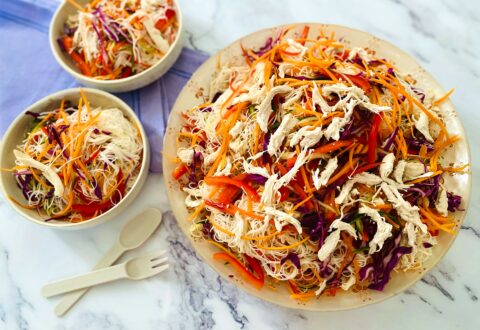
Register your interest
"*" indicates required fields



